The “Smiling” Irrawaddy Dolphin of Myanmar Is Being Hunted Into Extinction
The “Smiling” Irrawaddy Dolphin of Myanmar has very little to smile about these days.
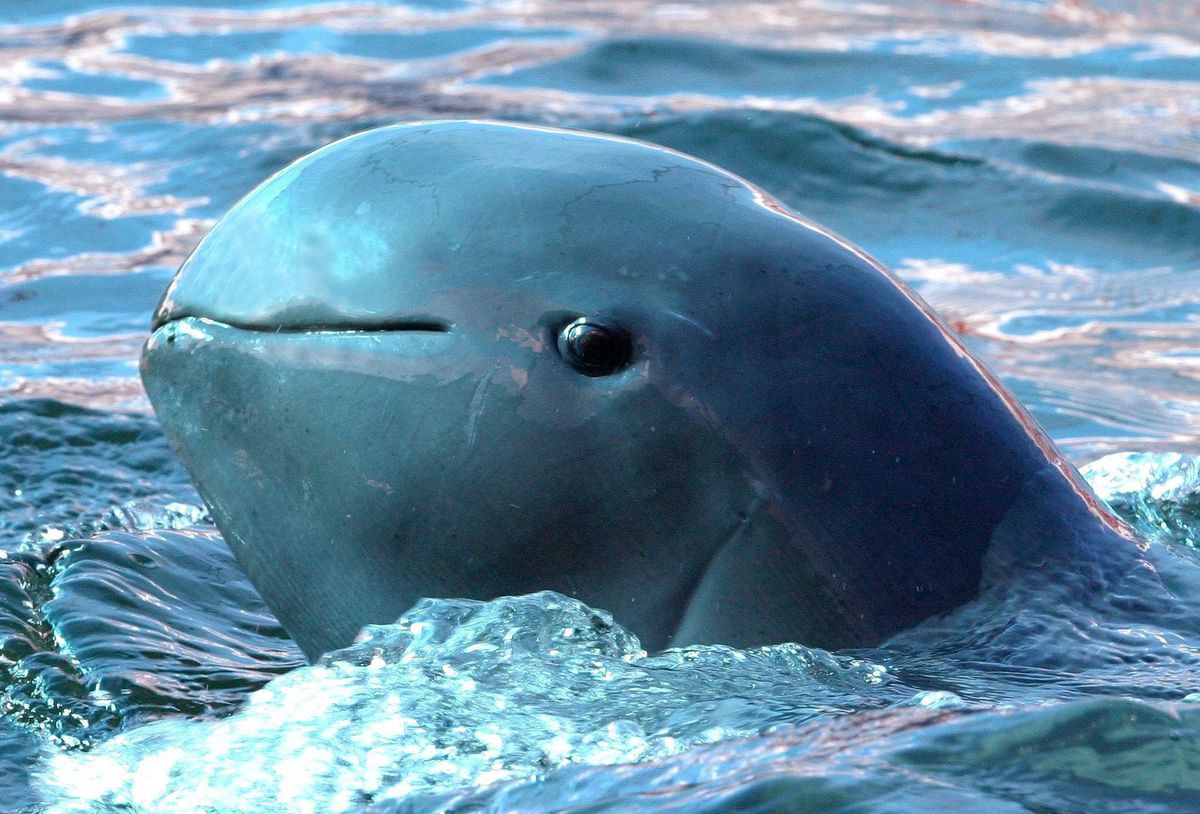
Illegal fishing activities in Myanmar’s waters are putting a dolphin species on the brink of extinction. Commonly called the “Smiling Dolphin,” the Irrawaddy Dolphin is surprisingly a close relative of the fearsome Killer Whale (Orca).
It’s called the “smiling” dolphin because of the curve of its mouth which gives it the appearance of a permanent, friendly smile.
The Irrawaddy dolphin is a marine mammal native to the waters around India and Northeastern Australia. However, there are several small freshwater subpopulations in rivers around Myanmar, Indonesia, Cambodia and Laos.
Status Of The Irrawaddy Dolphin
Major conservation bodies including the World Wildlife Fund (WWF) now consider this dolphin as being vulnerable to extinction. What that means is that it could disappear completely in the near future. Also, Burmese officials estimate that only 62 Irrawaddy dolphins remain in Myanmar.
However, the situation is much worse in neighboring countries. For instance, the subpopulation in Laos is already regarded as “functionally extinct.” Meaning the Irrawaddy dolphins there are no longer able to reproduce or recover enough to sustain themselves: Basically extinction is imminent. As a matter of fact, just 3 of these dolphins were sighted in the wild in Laos during the last survey.
These “smiling” dolphins have been loved for generations because they work closely with local fishermen to corral fish into their waiting nets.
In fact, the friendship between the fishermen in Myanmar and these dolphins is an ancient one. They spend a lot of time together and have devised a method of calling on their marine friends. All the men have to do is call out loudly to the dolphins, and splash their oars into the water. Or they knock the oars against the side of the boats and wait for the dolphins to appear.
Once the dolphins respond to the call, they will herd fish toward the boats for the fishermen to catch. In return, the men throw some of the catch back to the dolphins.
But sadly, the Irrawaddy dolphin is now disappearing at an alarming and unprecedented rate in the waters of Myanmar.
The IUCN classifies the Irrawaddy dolphin as a Vulnerable species and they are disappearing fast around Myanmar because of rogue hunting activities.
Threats To The Irrawaddy Dolphin
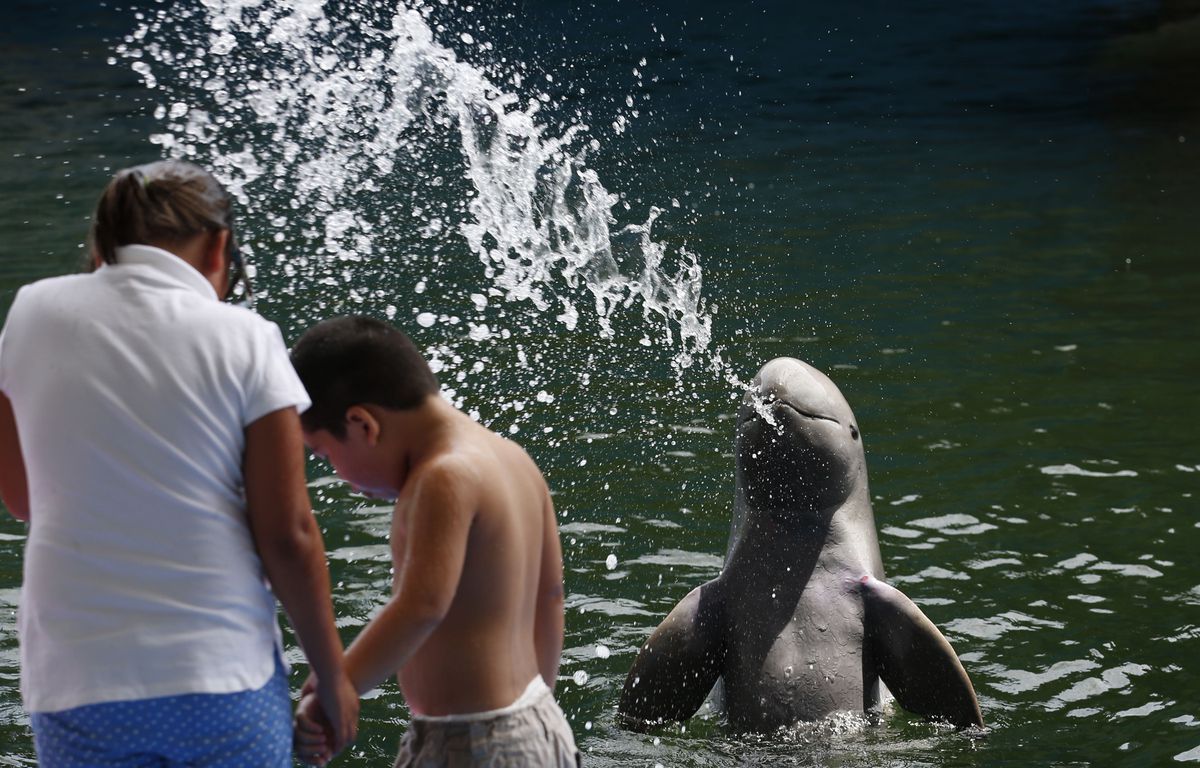
There are presently 3 major factors responsible for the deaths of these dolphins:
1) Electrofishing
This is a practice where hunters use car batteries to shock aquatic life for a very fast and very effective catch. Some of the fish die instantly while others are stunned and lie immobile at the surface of the water.
Of course, every living creature in the waters will be affected and dolphins are no exception. Depending on the voltage, the dolphins may die instantly. Basically, they are stunned and drown or are electrocuted to death.
Electrofishing is banned in Myanmar and attracts a fine of 200,000 Kyat or $150. That’s a lot of money for the average wage earner there but it hasn’t stopped the rogue gangs from the act. All they need to do is drop a car battery into the water and it will stun the dolphins and any other fish present.
The rogue hunters also use high-voltage transformers to stun the dolphins.
The illegal technique of electrofishing in Myanmar is a serious threat to dolphins and aquatic life in general. It’s also jeopardizing the ecotourism industry that brings in much-needed funds to the area.
2) Water Pollution
In addition to electrofishing, the waters these dolphins live in are now heavily polluted. Major sources of pollutants come from gold mining activities in the Kachin State (up the Irrawaddy River), and marine trash, etc.
3) Entanglement In Nets
The use of gillnets is legal in Myanmar and Laos and this is another common cause of dolphin death in the area. When dolphins are entangled in the nets, they can’t come to the surface to breath and eventually drown if they are not discovered and freed on time.
Just like other river-dwelling species, the Irrawaddy dolphin is more vulnerable to human activities than their oceanic kind. But of course it’s in no way the dolphins’ fault that they live so close to humans.
If these hunting practices don’t stop urgently, it’s just a matter of time before the subpopulation in Myanmar goes the same way as that of Laos.
The overall health and balance of the Mekong River is dependent on these dolphins and the almost 1,100 species of fish that live there. Also, the Khmer and Lao people see the Irrawaddy dolphin as a sacred animal.
Losing it would mean losing a treasured animal, a friend to the fishermen, and an important source of ecotourism jobs and income.

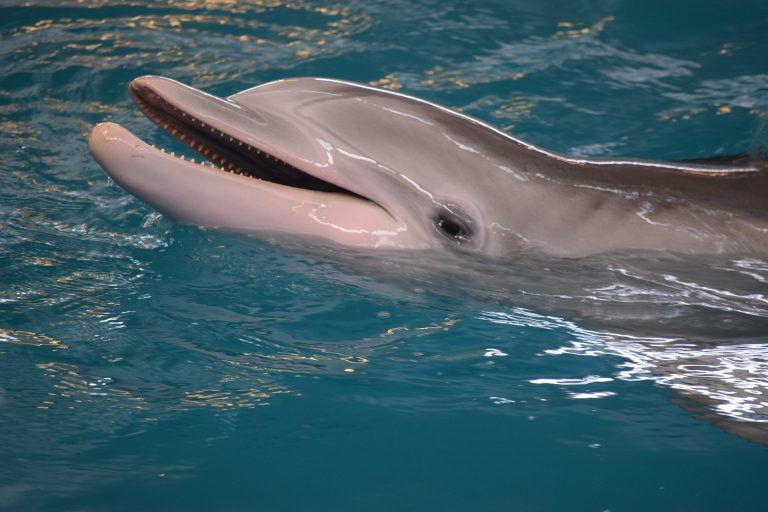
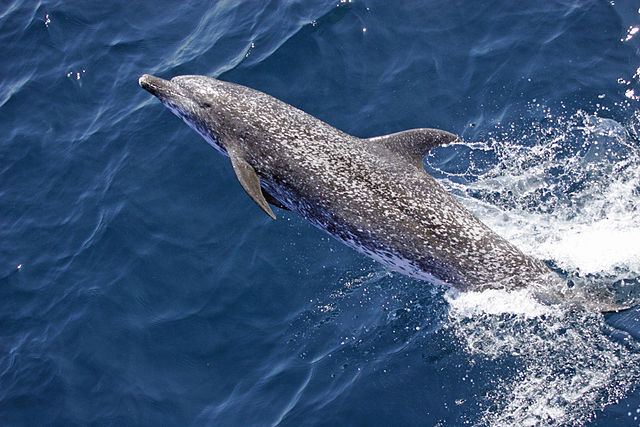

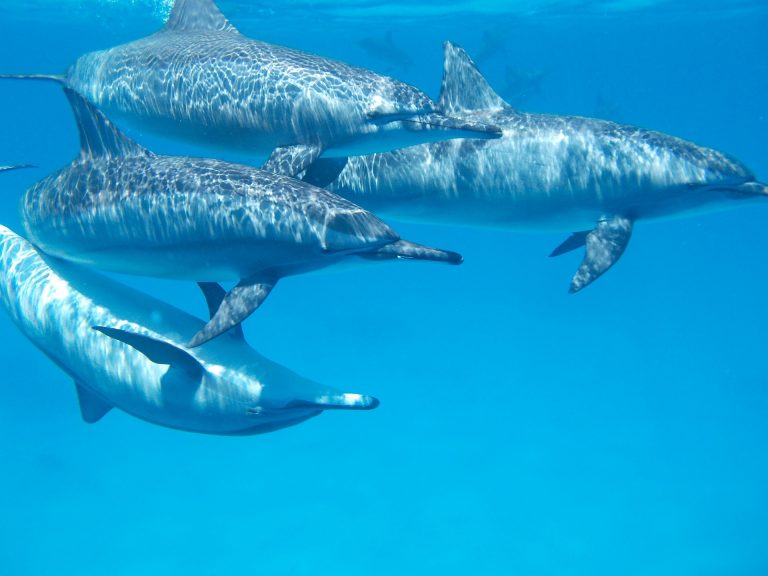


It is terrible that they kill dolphins. They are real Human friends. They sagen so much lives!!!!! 😢😢😢